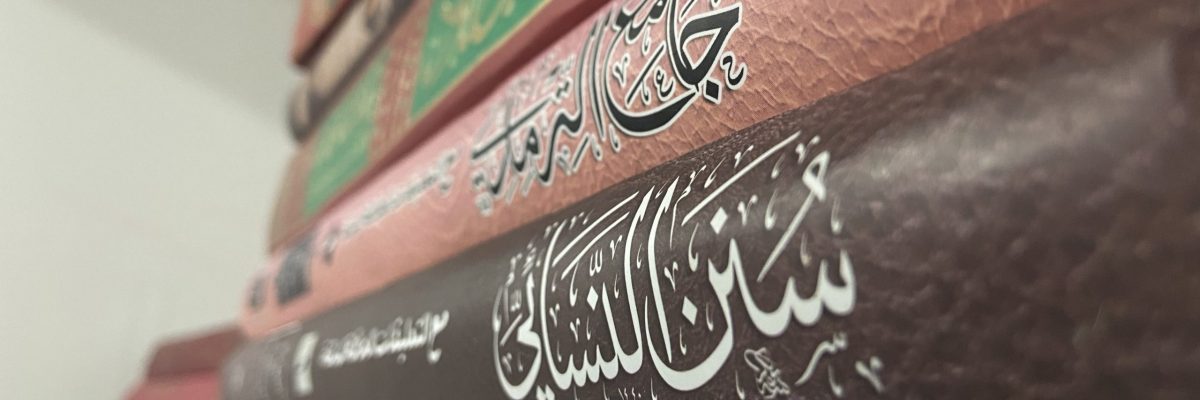What is the correct way to give Eid greetings?
Please give references.
Once again thank you for your valuable time.
In the name of Allah the most Merciful the most Beneficent.
Answer:
Greeting one another and making musafahah and mu’aanaka was common among the Sahaba (RA). There are many hadiths on the subject. A few are mentioned below.
Hazrat Qatada relates that I asked Anas (RA), “Was it a custom of the companions of The Prophet to shake hands with one another?” He said, “Yes.” (Sahih Al Bukhari 279)
Aisha (RA) narrates that Zayd ibn Harisah came to Medina (to meet The Prophet ), and at that time The Prophet was staying in my house. Zayd came and knocked at the door. The Prophet went out to meet him (hurriedly), trailing his cloak, and embraced and kissed him. (Tirmidhi. 281)
It is clear from the above hadiths that to do mu’aanaka and musafahah is Sunnah at all occasions. However, to insist on the practice of shaking hands and embracing, thinking that it is necessary for the celebration of Eid and is a means of love increasing between the persons is incorrect and an innovation. (Fatawa Rashidiyah P138).
A similar ruling has also been mentioned in Raddul Muhtaar (Vol 5, P270) regarding musafahah after salah, where people think that it is Sunnah to do musafahah.
Eid mubarak or similar greetings can be said during Eid, However, a person not doing so should not be condemned or rebuked. A specific greeting that the Sahabas (RA) used is recorded by Haafidh Ibn Hajr in his book Fath-ul Bari. “We have related in “Mahaamiliyaat” with a chain of narration that is hasan, from Jubair bin Nufair, who said: The Companions of the Prophet (SAW) used to, when they met on the day of ‘Eid, say to each other: Taqabbala Allaahu minnaa wa minkum. (‘May Allah accept it from you and us.”)’. Fath-ul-Bari (2/568).
Allah knows best.
S Rahman
Darul Ifta Birmingham

